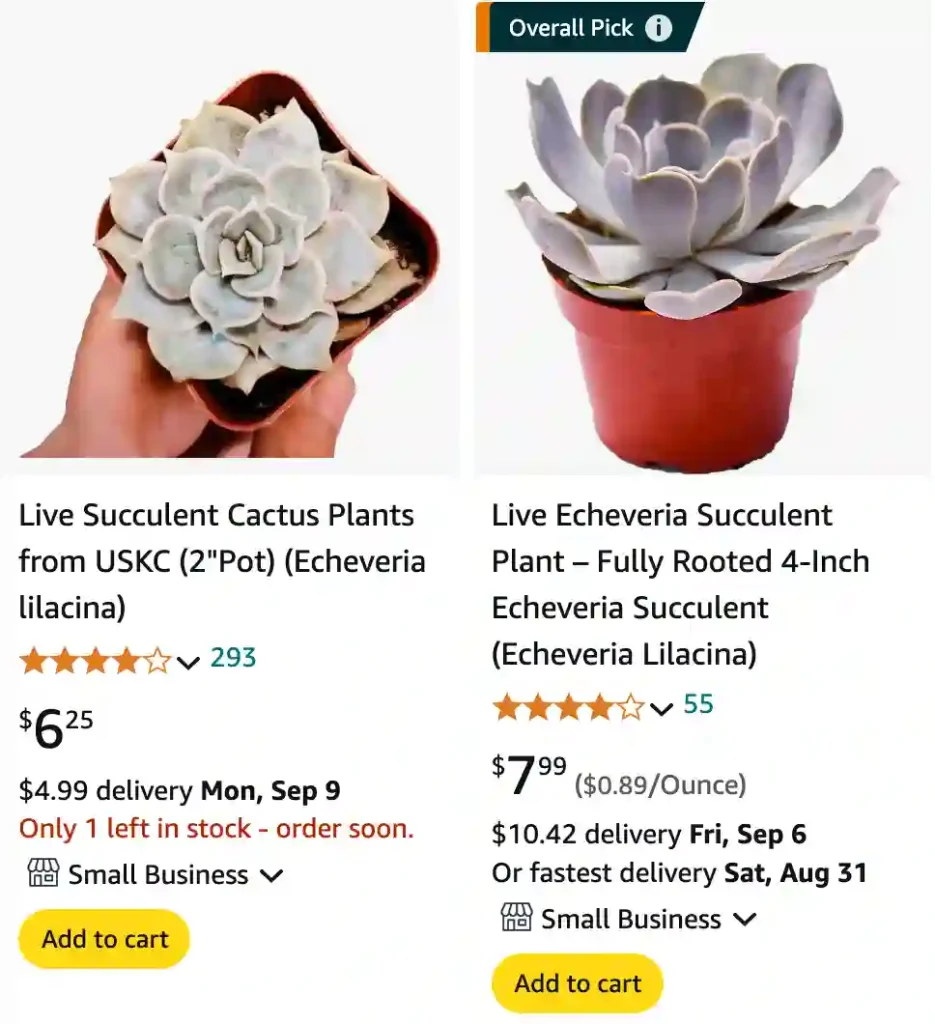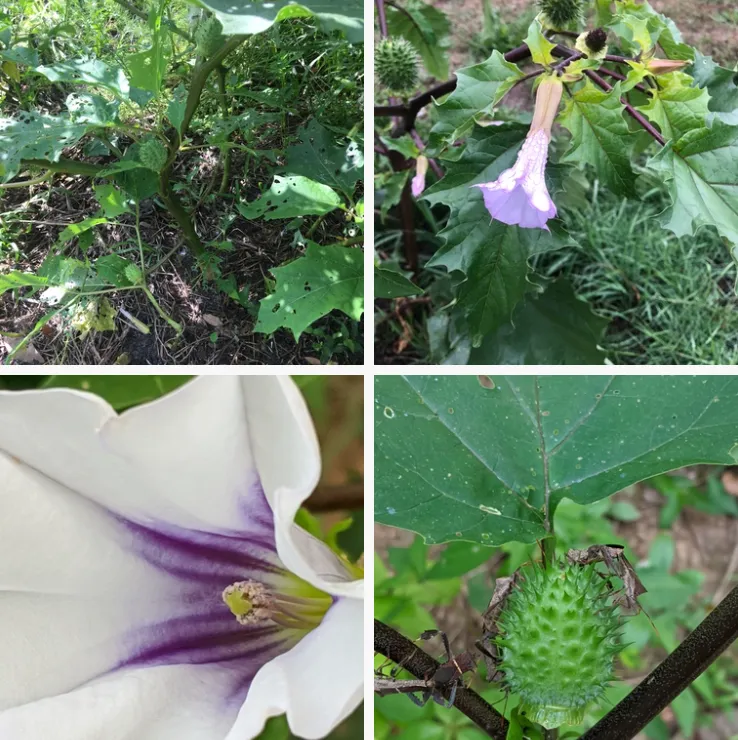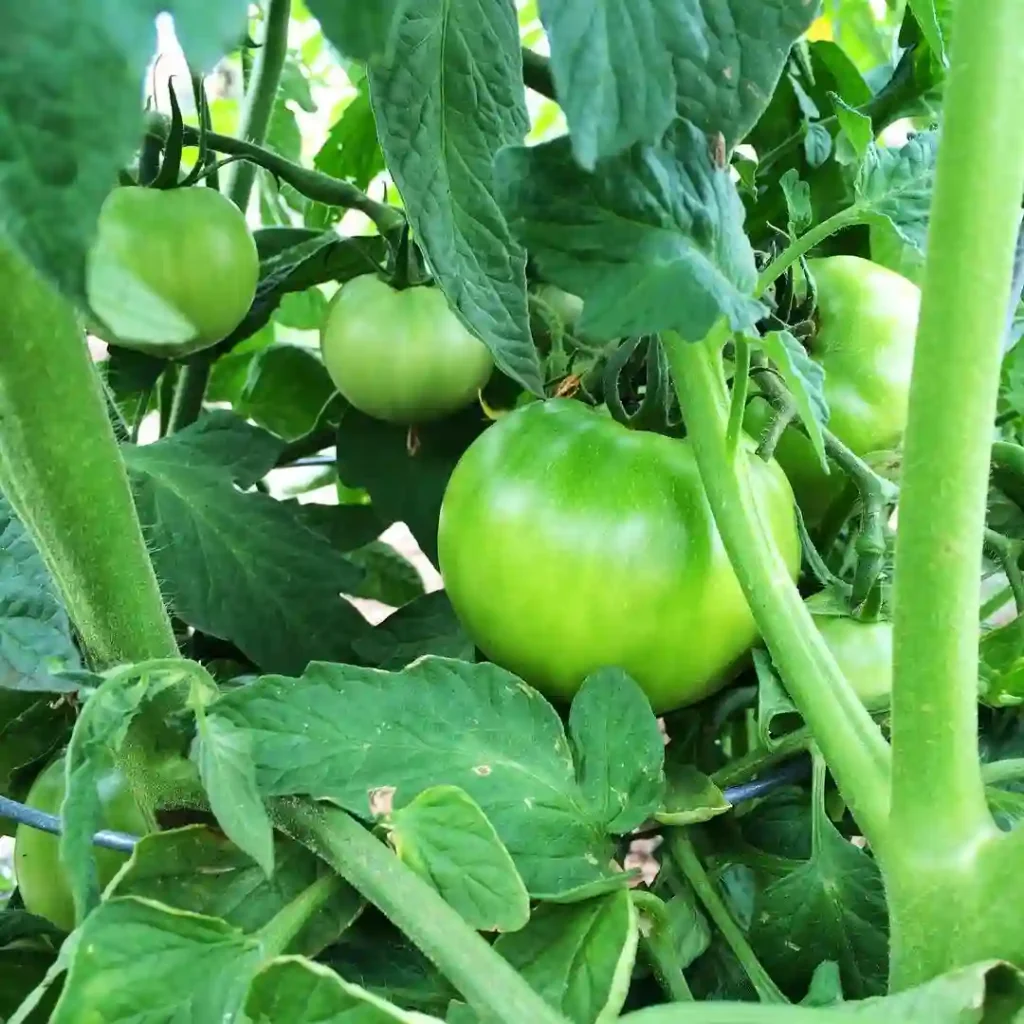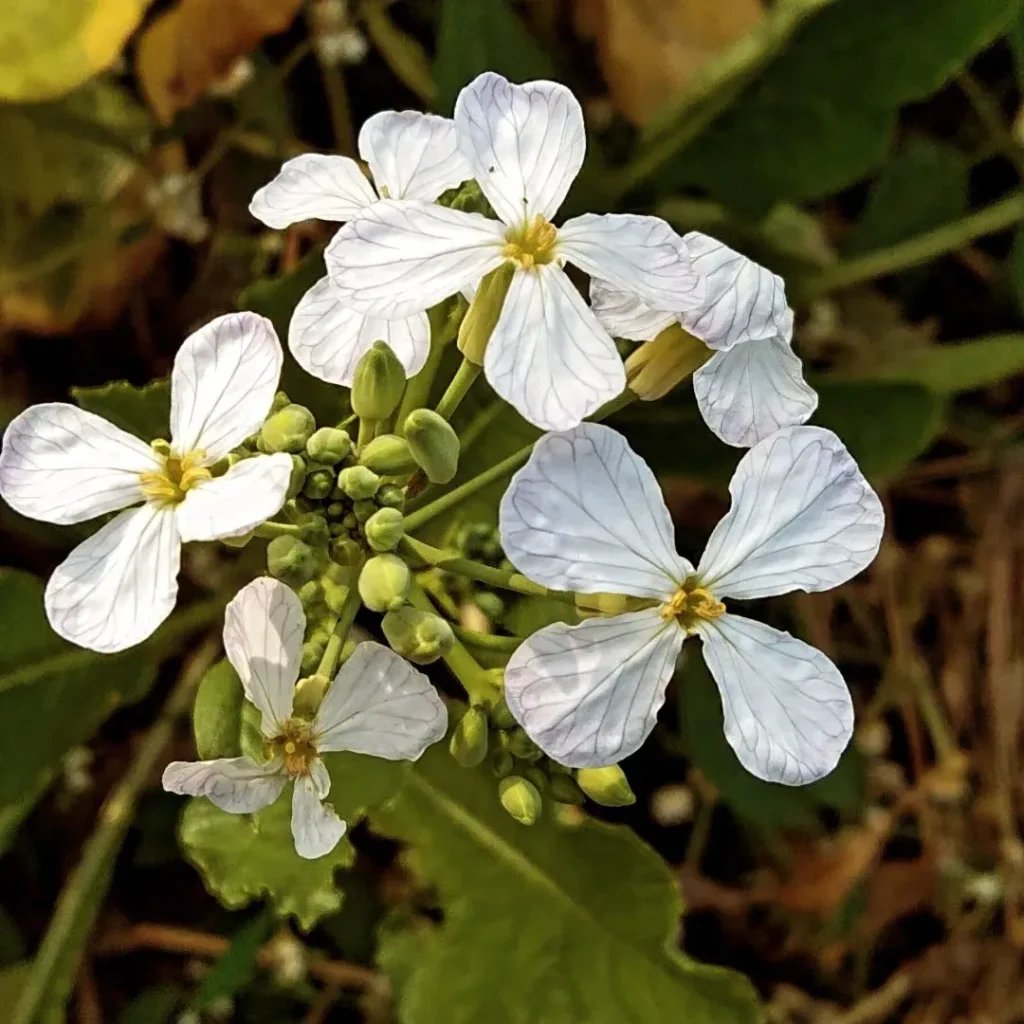
FAQs About Echeveria Lilacina
I’ve always found Echeveria Lilacina to be a fascinating plant. Known for its stunning lilac-colored rosettes and graceful, succulent leaves, it’s a showstopper in any collection. If you’re considering adding Echeveria Lilacina to your home or garden, you might have some common questions. I’m here to share my experiences and insights on how to propagate, care for, and troubleshoot this beautiful succulent.
202 Species in Genus Echeveria
What Is Echeveria Lilacina?
Echeveria Lilacina, often referred to as the “Ghost Plant,” is a succulent known for its ghostly, pale lavender to pinkish leaves. Native to Mexico, it’s a rosette-forming succulent that grows slowly, making it an ideal choice for container gardens and as a decorative piece in your home. The plant’s unique coloration and compact size make it a favorite among succulent enthusiasts.
How to Propagate Echeveria Lilacina?
Propagation is one of the most rewarding aspects of growing Echeveria Lilacina. Here’s how I do it:
- Leaf Cuttings: Gently twist a healthy leaf from the base of the plant. Make sure you get a clean break without leaving any part of the leaf behind. Let the leaf callous over for a day or two before placing it on well-draining soil. Water lightly when roots begin to form.
- Offsets: Echeveria Lilacina often produces offsets or “babies” around its base. Carefully separate these offsets from the main plant using a clean, sharp knife. Let the cut surfaces dry for a day or two before planting in a new pot with fresh soil.
Both methods can be quite successful if done with patience and care.
How to Take Care of Echeveria Lilacina?
Caring for Echeveria Lilacina is relatively straightforward. Here are some tips based on my experience:
- Light: Echeveria Lilacina thrives in bright, indirect light. A south-facing window or a spot with filtered sunlight works well. Too much direct sun can cause leaf burn, while too little light can lead to leggy growth.
- Watering: Water sparingly. Allow the soil to dry out completely between waterings. Overwatering can lead to root rot, which is one of the most common issues with succulents.
- Soil: Use a well-draining succulent or cactus mix. You can also mix sand or perlite into your potting soil to improve drainage.
- Temperature: Echeveria Lilacina prefers temperatures between 60-80°F (15-27°C). It can tolerate cooler temperatures but should be protected from frost.
- Fertilization: Feed the plant with a balanced, water-soluble fertilizer diluted to half strength during the growing season (spring and summer). Avoid fertilizing in winter when the plant is dormant.
Can You Grow Echeveria Lilacina Indoors?
Absolutely! Echeveria Lilacina makes an excellent indoor plant. Just ensure it receives enough light. If natural light is limited, consider using grow lights to supplement.
Is Echeveria Lilacina Toxic?
Good news for pet owners: Echeveria Lilacina is non-toxic to cats and dogs. However, it’s always a good idea to keep plants out of reach of curious pets to prevent any accidental ingestion.
What to Plant with Echeveria Lilacina?
If you’re creating a succulent garden or terrarium, Echeveria Lilacina pairs well with other succulents such as:
- Haworthia: These plants have similar care requirements and offer a nice contrast in texture.
- Sedum: Adds a splash of color and can handle similar light and water conditions.
- Crassula: Another easy-to-care-for succulent that complements Echeveria Lilacina’s aesthetic.
Common Problems with Echeveria Lilacina
While Echeveria Lilacina is generally easy to care for, it can face a few issues:
- Root Rot: Often caused by overwatering. Ensure good drainage and water sparingly.
- Pest Infestations: Watch out for mealybugs and aphids. If you notice any, treat with insecticidal soap or neem oil.
- Leggy Growth: This usually indicates insufficient light. Adjust its placement to ensure it gets enough indirect sunlight.
How Does Echeveria Lilacina Compare to Similar Succulents?
Echeveria Lilacina is sometimes confused with Echeveria Perle von Nurnberg, which also has a lovely lilac hue but tends to have a more compact rosette and is slightly more resilient to less ideal conditions. Another comparison is with Echeveria Elegans, which has a more rounded rosette and less pronounced coloration.
In summary, Echeveria Lilacina is a low-maintenance, beautiful addition to any plant collection. Whether you’re propagating new plants, figuring out how to care for it, or troubleshooting common problems, this succulent can be a rewarding plant to grow. Happy gardening!
If i die, water my plants!



